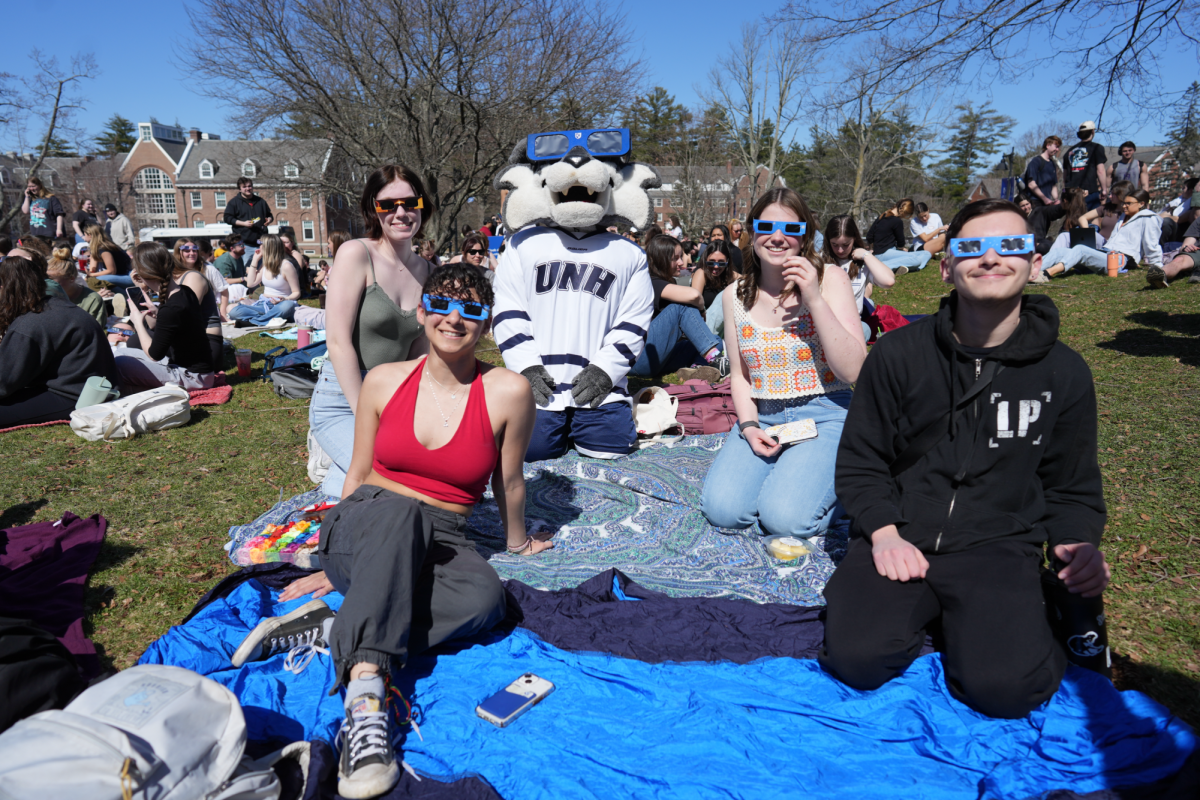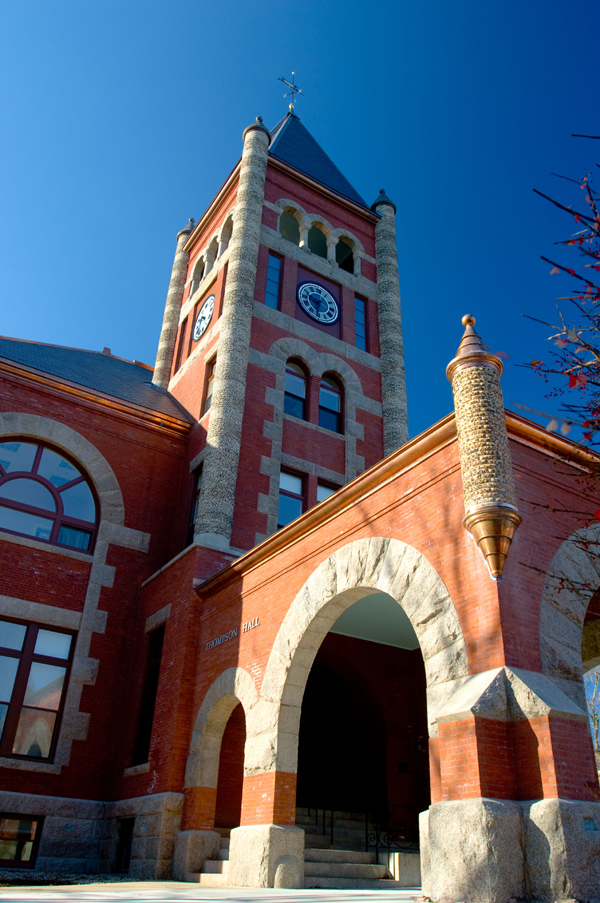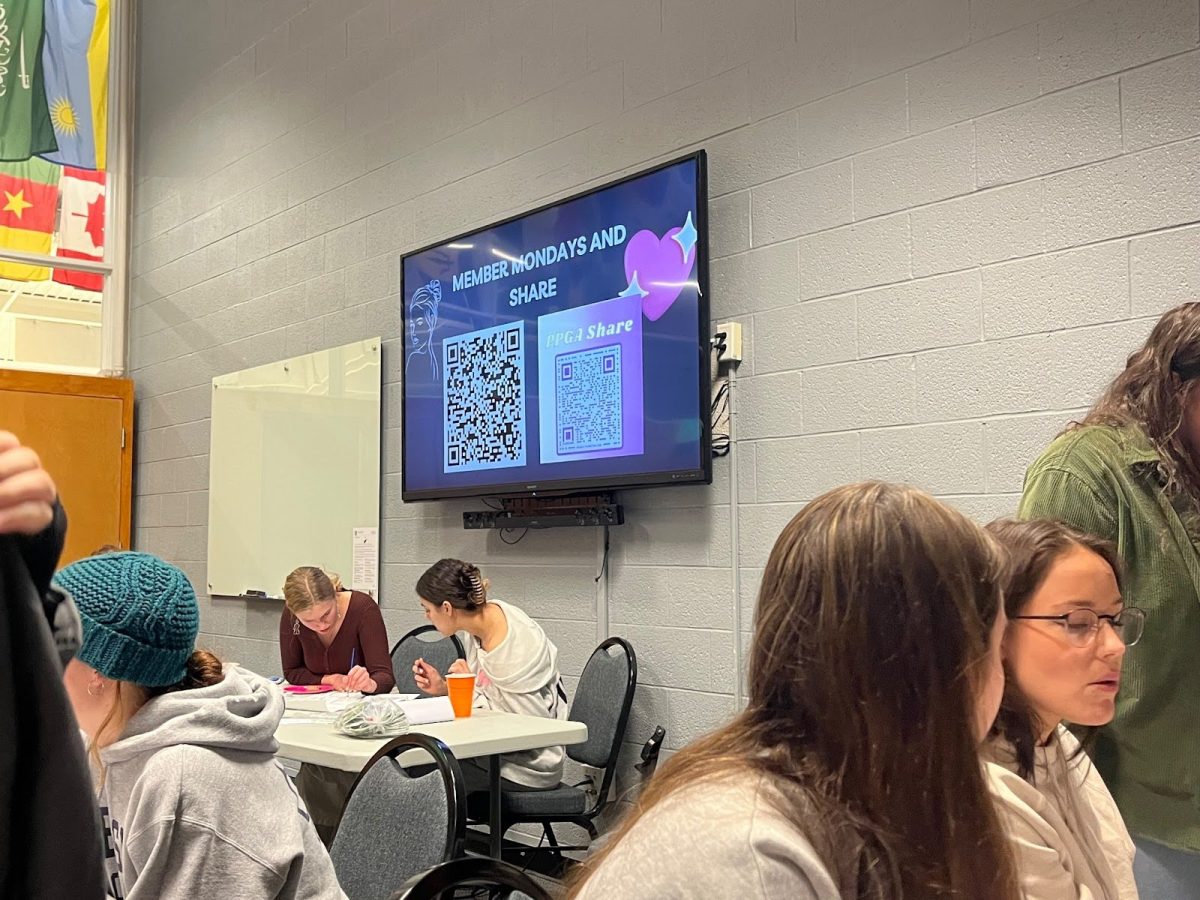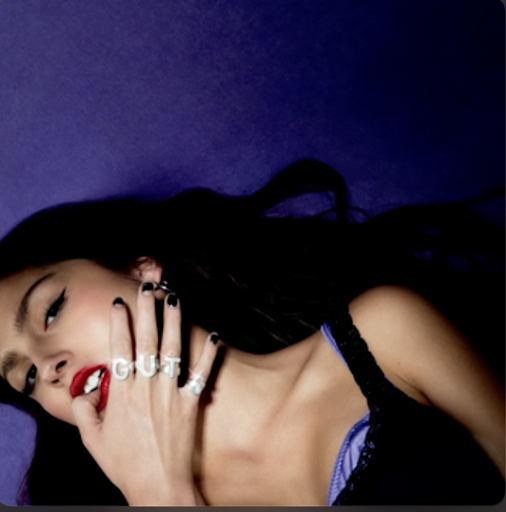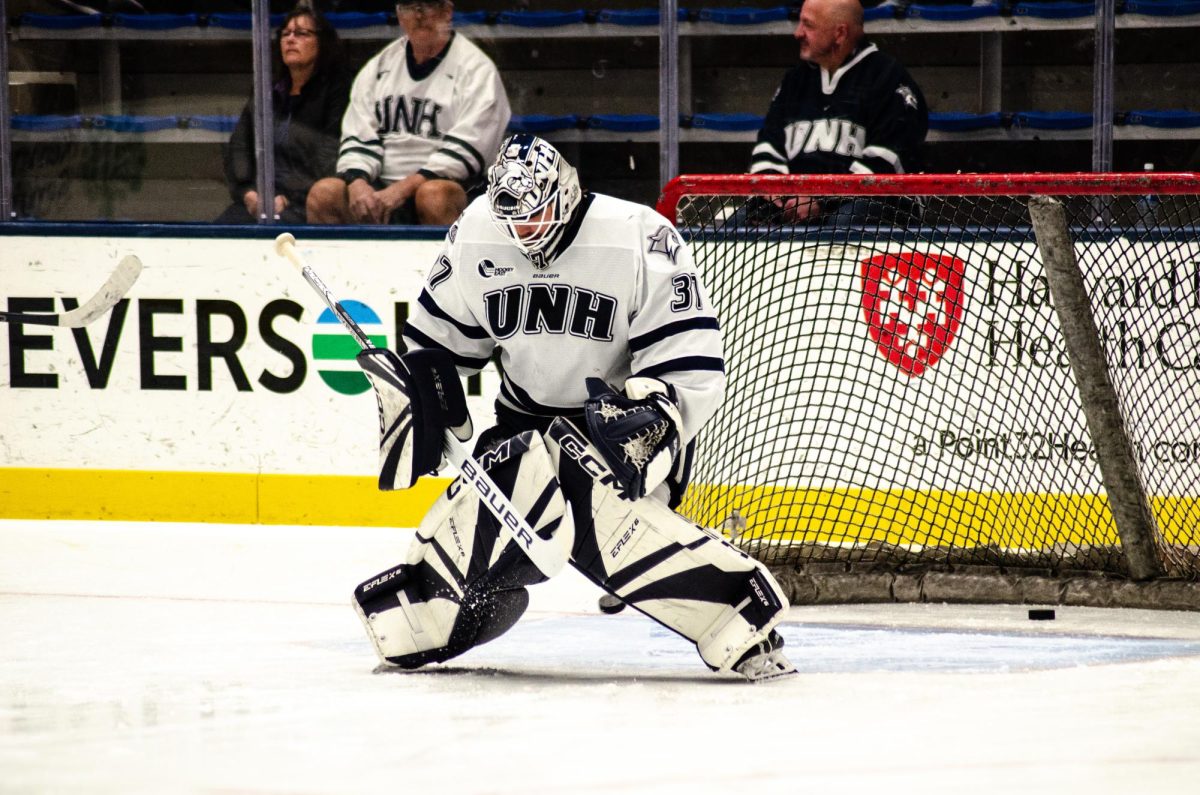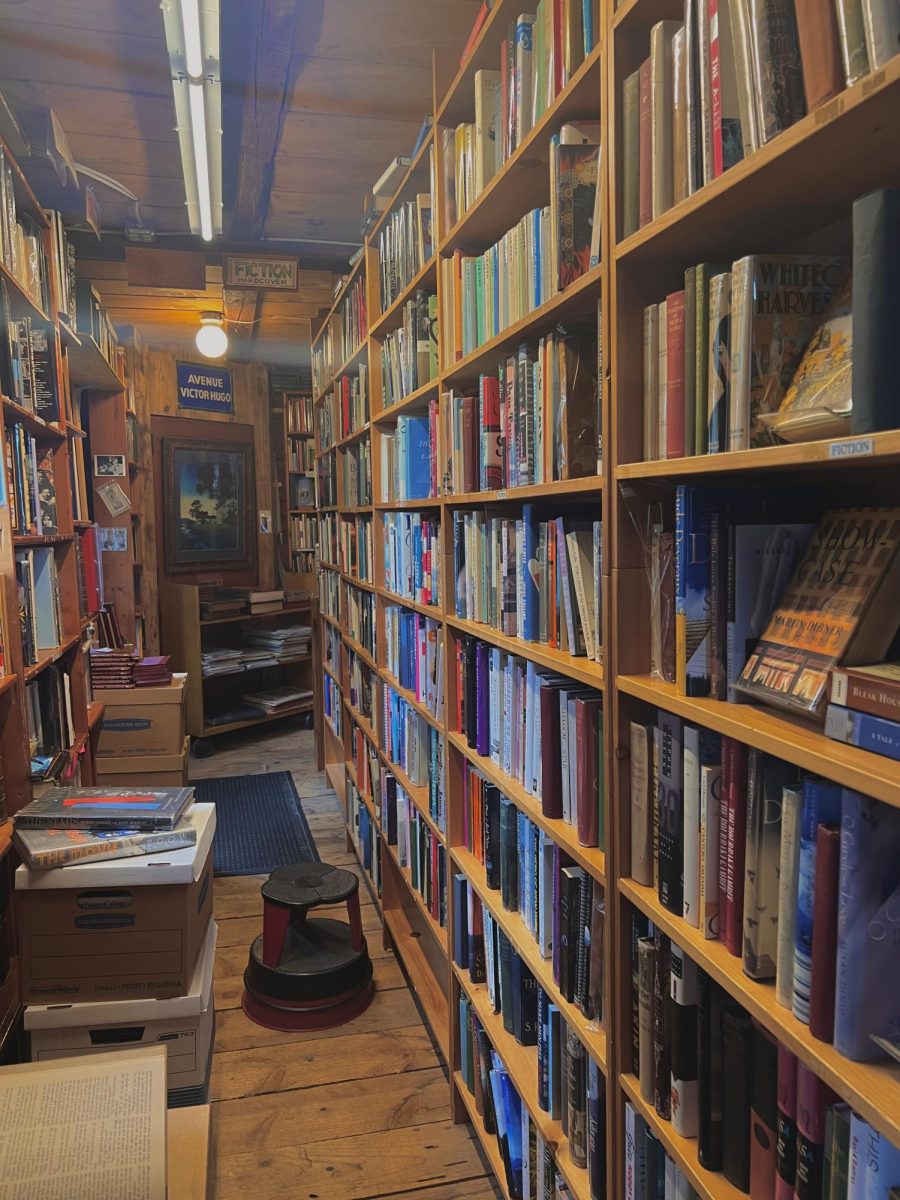There are over 200 degree programs at UNH and each is designed to push the intellect and thoughtful reasoning of students enrolled. Art is a smaller niche within the UNH community, with about 16 professors molding the minds of the students in their programs. UNH Assistant Professor of Art Sachiko Akiyama focuses her energy on instructing sculpture and woodcarving. I wanted to know what Akiyama focuses her creative energy on when not teaching the artists of tomorrow.
(Edited for clarity)
Q: Can you tell me what you do outside of school, in regard to art?
A: I’m a sculptor and I work mostly with wood, but I work with all different materials too. I just had an [art] show and it’s still up right now in Boston [at the Matter and Light fine art gallery] through Oct. 31. What else do I do? [asking herself] I go to artist residencies sometimes. I’m also on the board for the New Hampshire Art Association.
Q: How do you interpret art?
A: That’s a tough question. I know my philosophy about art. The good art to me is art that has good grammar. So it’s made really well, but it’s also linked to an idea. Maybe it’s thinking about art history, or maybe it’s thinking about issues outside of art. For me it is more interesting if it is not just a thing in itself.
Q: How long have you been an artist for?
A: I started art school in 1998. I actually studied science in college and then I never went to medical school and went to art school instead.
Q: Have you found yourself interpreting art differently as your career [in art] progressed?
A: I think so. I understand it more in a bigger context then I did when I first started making it. I think my first impulse to make art was because I liked to make things, but now I’m interested in how it connects to other people who make art or even how some artists try to think about other things besides just the object.
Q: How do you interpret your own art?
A: I like to look at all different sources for my art. I look at art history. I read a lot. I like to base it on mythology or folk tales or symbolism from different countries. Then I like combining that also with different kinds of styles of art.
Q: Where do you normally find your inspiration?
A: Through all those things [in previous answer] and also in nature.
Q: Do you think creativity is something you are born with or is something you can learn over time?
A: I think almost everybody is born with it [creativity], they must be. Maybe [creativity] could be from how you are raised though. I think creativity is so important. I really hope that there is always an art department in liberal arts. For someone like me, I have a science background, but I feel that both things are equally as important; both ways of thinking.
Q: Is there anything else I should know about you as an artist?
A: I’ve learned a lot about myself and my art-making-process by teaching. I think teaching has made me a better artist and vice versa. I think teaching makes you think about what you believe in and what is important to teach. I think that made me a better artist.

